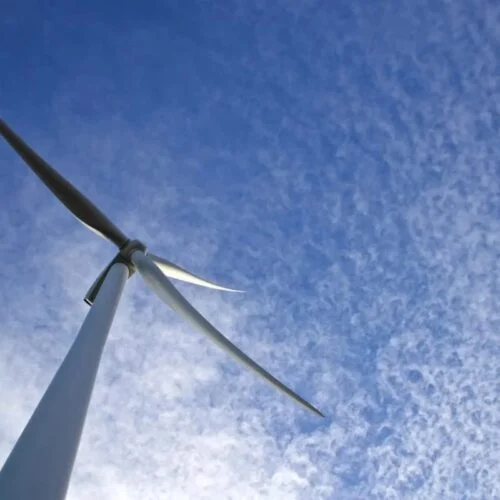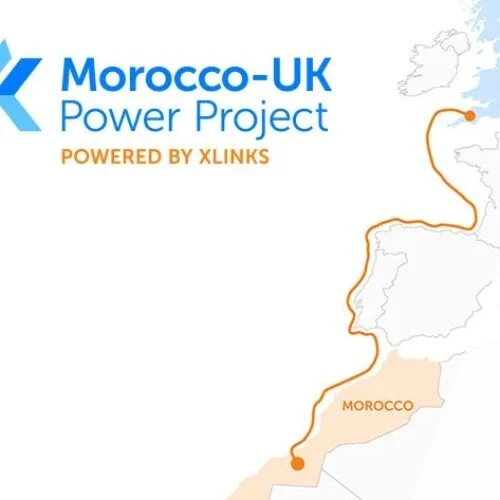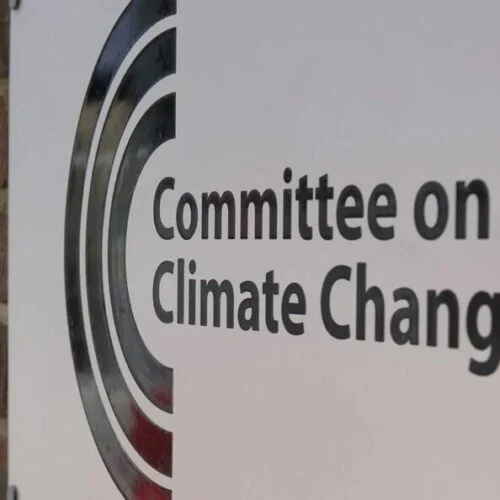Energy industry analysis firm Rystad Energy has stated that it believes upcoming reforms to the electricity grid will have a positive impact on UK wind projects.
The National Energy System Operator (NESO) is currently undergoing a significant reform of its grid connection process in order to remove unviable projects, known as “zombie” projects, from the connection queue and speed up the rate at which projects are connected to the grid. NESO estimates that this will remove around 507GW of unviable projects from the queue.
The report notes that the offshore wind farms currently make up around 18% of the connections queue, while onshore wind farms account for only 6% of the queue. In comparison, standalone battery energy storage systems (BESS) make up 28% of the queue, while solar PV projects – including those with co-located BESS – make up 27% of the queue.
Rystad says that wind projects are considered undersupplied to meet the government’s targets, and many of the projects in the queue are currently blocked by the large number of battery and solar PV projects in the queue. Additionally, the analysis notes that a large majority of projects currently in the connections queue have received a connection date but have not secured land rights, or have become unviable yet still take up space in the queue, blocking viable projects.
As such, Rystad states that the reforms to the system, which will see the approvals process shift from the current system of “first-come, first-served” to “first ready, first connected”, will help the government meet its wind energy targets of having 60GW of offshore wind and 30GW of onshore wind connected by 2030.
Furthermore, the analysis notes that the current timeframe for an onshore wind project to go from planning application to operation is on average 7.3 years, while the average time for an offshore wind project to go from planning to commissioning is around 9.5 years. To meet 2030 capacity targets, grid connection timeframes must be drastically shortened.
According to Rystad, UK officials hope the reform will slash the grid connection time for wind projects by allowing viable wind energy projects to jump the grid connection queue and connect sooner. Additionally, it is expected that the upcoming review of the current connections queue will push around 367GW of unviable projects out of Gate 2 (where they have a firm connection date) into Gate 1 (where only an indicative connection date is given). Alongside the potential to move more viable wind projects into Gate 2, it is hoped that this will speed the connection process for both onshore and offshore wind projects.
Closing its analysis, Rystad notes: “CP30 goals indicate that the UK needs to vastly increase both onshore and offshore wind capacity to be on track for its net zero goals. UK officials hope the reform will do this by allowing viable wind projects to jump the connection queue and connect to the grid sooner. The real test will be to see how much wind capacity currently in the queue is viable and Gate 2-ready, how far the said capacity’s connection dates can be brought forward, and whether this will be enough to meet the UK’s lofty goals.”






